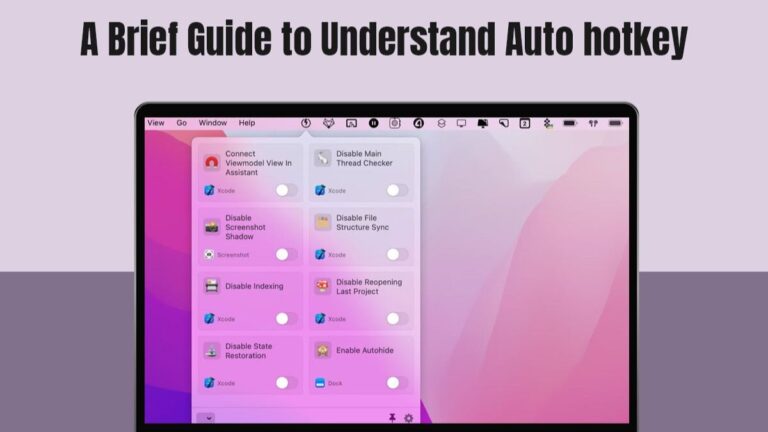Understanding Website Design Costs: One-Time Payments vs. Monthly Payment Packages
Investing in a professional website is essential for any business looking to establish a strong online presence. However, the cost of website design can vary significantly depending on the payment structure you choose. Many businesses face a critical decision: should they opt for a one-time payment or a monthly payment web design package? Both options have their pros and cons, and understanding these differences can help you make an informed decision.
The True Cost of Website Design
- One-Time Payment Models
In a traditional one-time payment model, you pay for the entire cost of the website upfront. The cost typically includes:- Initial Design and Development: Custom graphics, responsive layouts, and functionality requirements.
- Hosting Setup: Often a one-time setup fee or integration with an external hosting provider.
- Maintenance: Usually not included and requires additional arrangements or contracts.
Pros:
- Full ownership of the website immediately after payment.
- No recurring payments.
- Potentially lower long-term costs if you handle updates and maintenance in-house.
Cons:
- High upfront costs, which can range from $3,000 to $50,000, depending on the complexity.
- Limited ongoing support unless a separate maintenance plan is purchased.
- Technology and design can quickly become outdated without regular updates.
- Monthly Payment Models
Monthly payment web design packages spread the cost of the website over manageable monthly installments. These packages often include:- Website design and development.
- Hosting and domain management.
- Regular updates, security, and maintenance.
Pros:
- Affordable entry costs, making it accessible for businesses with limited budgets.
- Continuous updates to keep the website current with design trends and technology.
- Comprehensive support, including hosting, backups, and troubleshooting.
Cons:
- Long-term costs can exceed the upfront payment model if the website is maintained over many years.
- Ownership may vary; some packages retain ownership of the website until the contract is completed.
Comparing One-Time Costs to Monthly Payment Packages
- Initial Costs
- One-Time Payment: Requires a significant upfront investment, often ranging from $3,000 to $50,000 or more, depending on the complexity of the website. This can be a barrier for startups or small businesses with limited budgets.
- Monthly Payment Package: Offers a low initial investment, making it more accessible for businesses. Instead of a lump sum, costs are spread over manageable monthly installments, which typically start at a few hundred dollars per month.
- Ongoing Maintenance
- One-Time Payment: Maintenance and updates are usually not included. Businesses need to either manage these tasks in-house or pay additional fees for maintenance contracts.
- Monthly Payment Package: Maintenance is typically included in the package, covering updates, security, and backups. This ensures the website remains secure, functional, and up-to-date without requiring extra effort or expense from the business.
- Flexibility and Scalability
- One-Time Payment: Adding new features, pages, or updates often incurs extra costs. Businesses need to hire a developer or agency to implement changes, which can slow down the process.
- Monthly Payment Package: Offers built-in flexibility, allowing businesses to easily scale their website as they grow. Many packages include regular updates and feature additions as part of the service.
- Total Cost Over Time
- One-Time Payment: While the upfront cost is high, the overall expense may be lower if the website is maintained independently and doesn’t require frequent updates or redesigns. However, unexpected costs can arise if major issues occur.
- Monthly Payment Package: The total cost may be higher in the long term, especially for businesses that maintain their website over many years. However, the predictable monthly expense and inclusion of services often outweigh this drawback.
- Technical Skills and Management
- One-Time Payment: Businesses are responsible for managing their website after it’s built. This includes updates, backups, and troubleshooting, which require technical skills or additional outsourcing.
- Monthly Payment Package: Providers handle all technical aspects, ensuring the website runs smoothly without requiring the business to have technical expertise.
- Risk and Downtime
- One-Time Payment: Websites managed without professional maintenance are at greater risk of security vulnerabilities, downtime, and outdated features.
- Monthly Payment Package: Ongoing support minimizes risks, ensuring the website is secure, up-to-date, and performing optimally at all times.
Why Monthly Payment Web Design Packages Are Gaining Popularity
- Predictable Budgeting
Businesses can plan their budgets with predictable monthly costs, avoiding the strain of large, upfront payments. - Comprehensive Services
Monthly packages typically include design, hosting, maintenance, and updates, eliminating the need for separate service providers. - Reduced Risk
With ongoing support and updates, websites are less likely to become outdated or encounter major technical issues. - Scalability
Monthly packages often allow for scaling as your business grows, making it easier to add new features or pages as needed. - No Worries About Maintenance
Website maintenance is included in most monthly packages, ensuring your site remains secure, fast, and fully functional.
What to Consider Before Choosing
- Your Budget: If you have the capital to invest upfront and prefer full ownership, a one-time payment might be suitable.
- Your Technical Skills: If you’re not tech-savvy, monthly payment plans with maintenance support can save you time and hassle.
- Your Business Needs: For businesses in fast-changing industries, monthly packages ensure the website evolves with your goals.
- Your Long-Term Goals: Monthly payment plans provide flexibility, while one-time payments are better suited for businesses with static needs.
Conclusion
Choosing between a one-time payment and a monthly payment web design package depends on your business’s unique needs, budget, and long-term goals. While one-time payments offer ownership and lower long-term costs, monthly payment packages provide flexibility, ongoing support, and reduced risk.
For most small to medium-sized businesses, monthly packages offer a cost-effective and hassle-free solution to maintain a professional online presence without the high upfront costs. As digital landscapes evolve, a flexible and adaptive approach to web design can position your business for sustained success.






